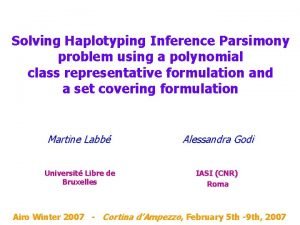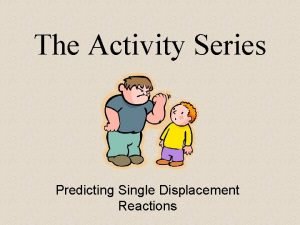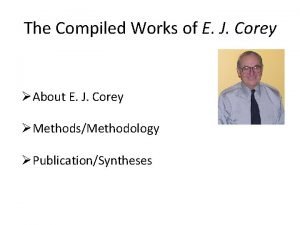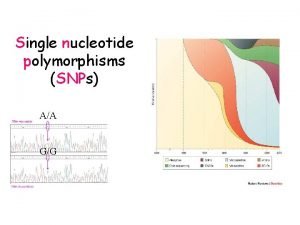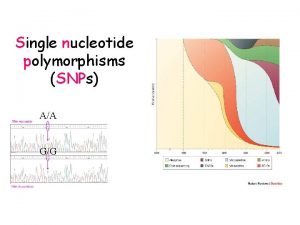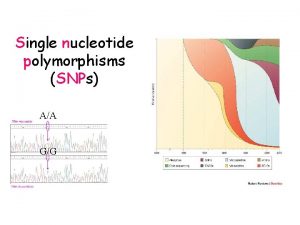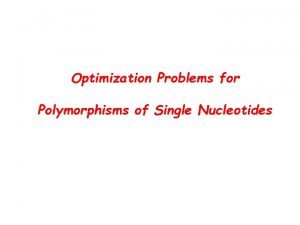Predicting the Function of Single Nucleotide Polymorphisms Corey









- Slides: 9

Predicting the Function of Single Nucleotide Polymorphisms Corey Harada Advisor: Eleazar Eskin

Background n Polymorphisms ¡ ¡ n A change to a DNA sequence. Source of genetic variation. Single Nucleotide Polymorphism (SNP) ¡ Mutation of a single nucleotide. AGATC AGATTGATC

Single Nucleotide Polymorphisms n We can figure out the locations of SNPs by looking at genotypes. ¡ How do we figure out the function of each SNP? n n Many SNPs are do not affect phenotypes at all. A way to determine which SNPs are significant and which are not could be useful.

Approach n n n Only work on SNPs in coding regions. Translate the protein using the sequence with and without the SNP. Use BLAST to find similar proteins.

BLAST n n n Basic Local Alignment and Search Tool Searches a database of proteins for various organisms. Proteins in humans are related to those that other mammals produce. ¡ ¡ Finding better results for one SNP would indicate selection. May indicate that it is linked to a disease.

BLAST n BLAST bit score ¡ ¡ ¡ n n Score S is based on how well the sequences align K – Scale factor for search space size λ – Scale factor for scoring system Bit score is the normalized score which indicates how well the protein aligns. Normalization is needed to compare scores for multiple alignments.

Results n Based off of SNPs in exon regions of human chromosome 1 (from Hap. Map rel 23 a)

Analysis n n The program provided a number of SNPs with a zero difference in byte score, in some cases SNPs known to cause phenotypic changes. Possible causes: ¡ SNPs that cause changes to protein transcription.

Future Work n Consider SNPs not in coding regions ¡ SNPs in introns could be ranked similarly based on binding data.
 Single nucleotide polymorphism (snp)
Single nucleotide polymorphism (snp) Single nucleotide polymorphism (snp)
Single nucleotide polymorphism (snp) Single replacement products
Single replacement products Predicting single replacement reactions
Predicting single replacement reactions Biologically important nucleotides
Biologically important nucleotides Judge hathorne character traits
Judge hathorne character traits Corey chaykovsky cyclopropanation
Corey chaykovsky cyclopropanation Betty parris character analysis
Betty parris character analysis Quotes from elizabeth in the crucible
Quotes from elizabeth in the crucible The crucible act 1 conflicts
The crucible act 1 conflicts
